Neem Oil is extracted from Neem trees and contains a compound called Azadirachtin that is useful for fighting common plant pests such as fungus gnat larvae, spider mites, and grasshoppers (see larger list below). Once Azadirachtin has been ingested by pests, it acts as an appetite suppressor and growth inhibitor causing failure to molt and starvation.
Used as a soil drench, Neem Oil acts as an systemic pesticide, meaning the plant will absorb the Azadirachtin compound and distribute it throughout its vascular system. Once distributed, any part of a treated plant a pest ingests will also contain the Azadirachtin.
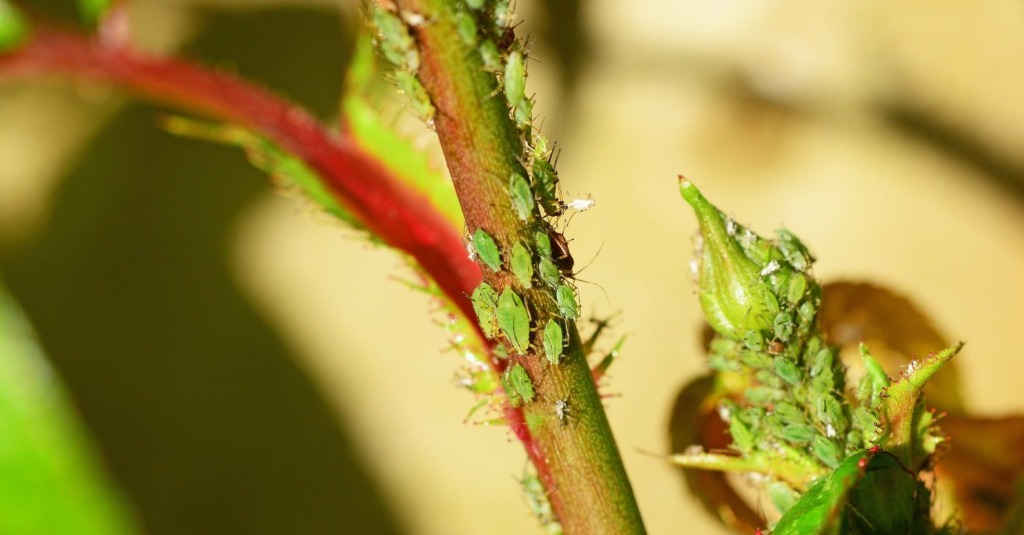
Aphids feeding on the juices of a plant stem.
Used as a foliar spray, the same principals of ingestion by insects still apply but primarily the Neem will act as a physical inhibitor to the insects by coating their bodies in the oil. By coating their bodies, the insect’s spiracles or “nostrils” become blocked and the insect suffocates.
Plant Pests Controlled with Neem:
Why Make Your Own?
The main reason we started making homemade Neem Oil spray is that most store-bought Neem sprays contain low levels of Azadirachtin, the primary ingredient responsible for pest control. Azadirachtin naturally degrades over time and can degrade within days if left at room temperature. Since most store-bought sprays sit at room temperature for several days or months before purchase, this can reduce the effectiveness by the time the product is used. Excessive heat exposure can also reduce effectiveness by breaking down the compound which is why it is important to buy Cold Pressed Neem Oil.
How to Make and Use Neem Spray
This is the recipe we use to help fight against fungus gnats and white and red spider mites in our nursery. This recipe is safe to use on plants but always test a small area before treating an entire plant or tray of seedlings. Do not include the soap if working with carnivorous plants.
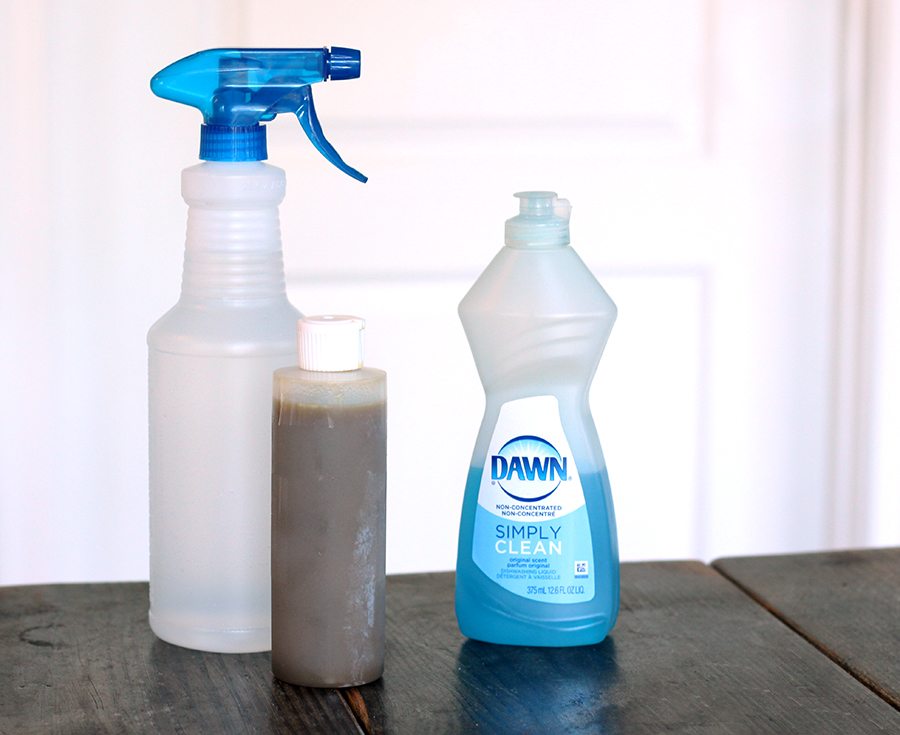
Neem Oil Spray Recipe:
- 1 liter of warm water.
- 3-5ml Cold Pressed Neem Oil (use 3ml for preventative treatments and 5ml for infestations).
- 3ml Dawn dish soap (or other biodegradable soap) – this acts as an emulsifier which helps distribute the oil in the water. Again, DO NOT include soap if using this spray for carnivorous plants. Without soap, the oil distribution will primarily depend on the temperature of the water. The warmer the water, the less risk there will be of the oil clumping into solid masses.
Add all ingredients to a spray bottle and shake to combine. Apply as a foliar spray and soil drench every 3 weeks for prevention or every week for infestations. Shake the bottle often while applying to keep the oil distributed throughout the mixture.
Between mixing batches, remaining undiluted Neem Oil can be refrigerated for up to a year to slow the rate at which the Azadirachtin degrades.
A Note of Caution
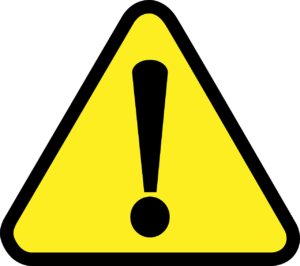
Sources:
- Bond, C.; Buhl, K.; Stone, D. 2012. Neem Oil General Fact Sheet; National Pesticide Information Center, Oregon State University Extension Services.
- Pesticide Information Profile: Azadirachtin, Cornell University.
- Murray B. Isman “Botanical Insecticides, Deterrents, And Repellents In Modern Agriculture And An Increasingly Regulated World” Annual Review Of Entomology Volume 51, pp. 45-66.
- Effect of Emulsion Size and Shelf Life of Azadirachtin A on the Bioefficacy of Neem (Azadirachta indica A. Juss) Emulsifiable Concentrates by Lalit Kumar and Balraj S. Parmar, Division of Agricultural Chemicals, Indian Agricultural Research Institute, New Delhi 110012, India. J. Published July 12, 2000. Copyright © 2000 American Chemical Society.

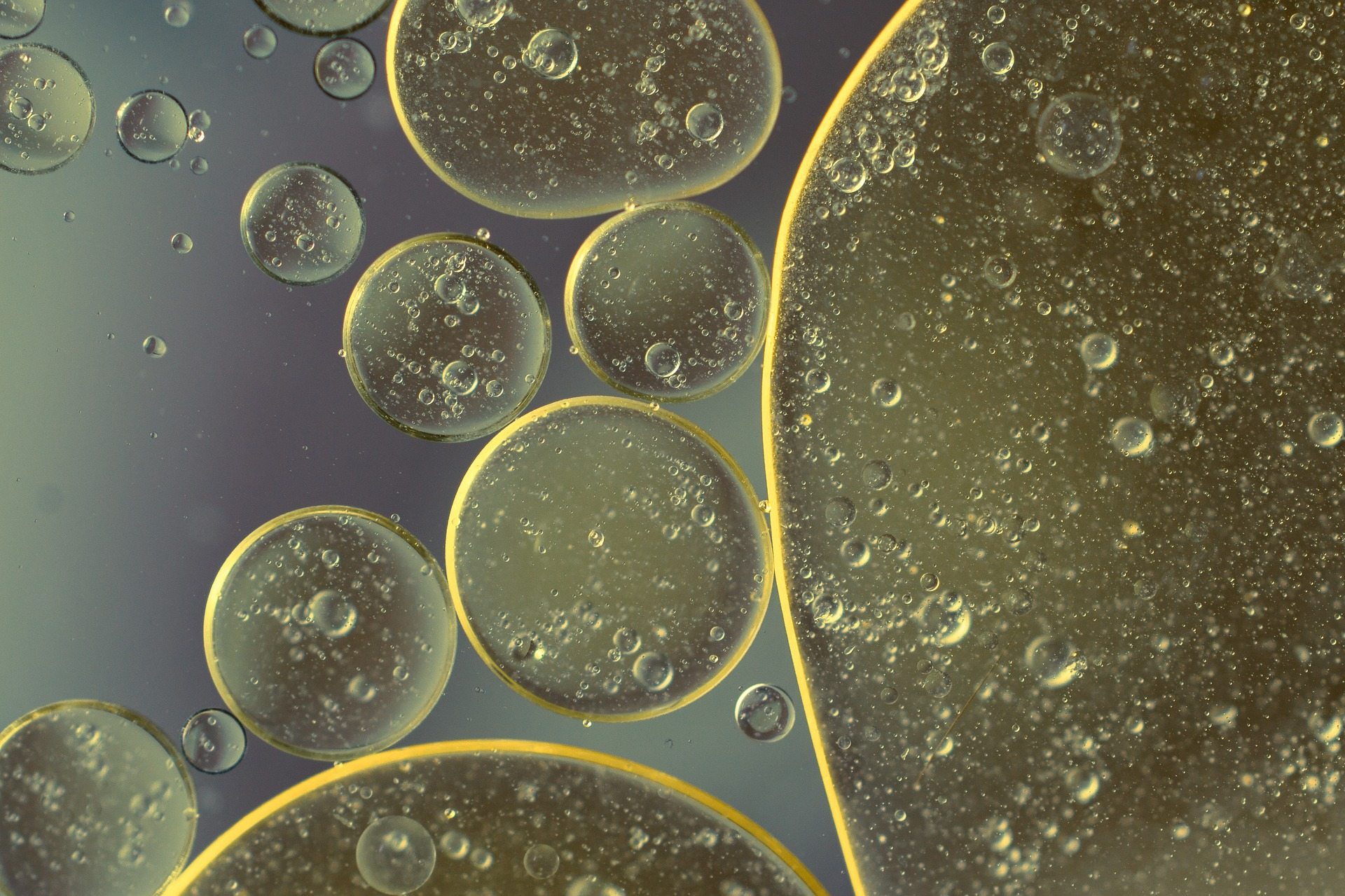
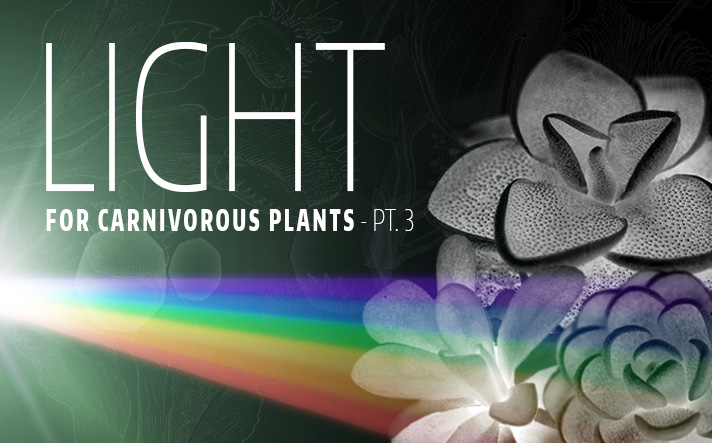
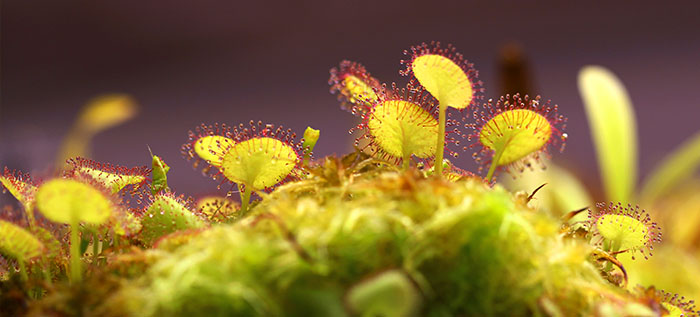
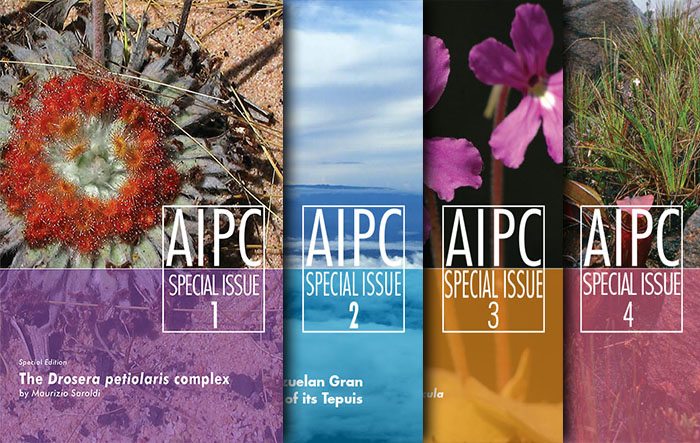
Since neem oil is systemic when using it as a soil drench to root crops such as beets then when we eat the beets we are consuming neem oil. The articles I’ve read about neem oils do usually conclude that neem oil should not be consumed. So how can neem oil be safe for soil drench for edible root crops?
Hi Craig, we have not conducted research on the safety of using neem oil as a soil drench for food crops. However if studies have concluded that it is not fit to consume, you would want to find an alternative treatment that has been found either safe for consumption or that breaks down prior to the crops being harvested. The most reliable sources to find information for this would be through https://www.usda.gov/ and well established university studies.
I have birds of paradise and a plumeria that I fight to keep insect pests off of during the hot summer. I am considering using Neem oil as a soil drench, but am concerned about it’s affect on the bee population. How does Neem affect bees when used as e soil drench? Are there any other solutions that might be a better choice?
Hi Rebecca, I have not heard of Neem being harmful to bees as they would need to consume the oil or plant itself (for neem with Azadirachtin in it) to be affected. Thank you!
100% of Neem oils available to the general public only contains clarified hydrophobic oils. Which is not systemic. It is a foliar spray and it only kills by smothering. The actual systemic, neuro and gut-toxic properties associated with Neem oil is the Azadirachtin, an extract from the seed. If you don’t actual see “Azadirachtin” on the label, it is most like just the oil. For Azadirachtin, you need to purchase a product like Azosol.
James, I believe that if you’re careful enough you can buy pure neem oil from web sources, as a cold press product, which contains all the chemical benefits – including Azadirachtin – of the oil. I’m also aware of the other, more popular neem products, one being the extracted Azadirachtin that you refer to, and the other being the Azadirachtin-depleted oil that you also refer to. But there’s also the third option that I first mentioned.
Thank you for the information James! The link we provide in the article for the Neem oil states that it contains high Azadirachtin content.
Effect on birds visiting our flowering dogwood tree… ie hummingbirds?
Hi Jan, according to the National Pesticide Information Center, “Neem oil is practically non-toxic to birds, mammals, bees and plants. Neem oil is slightly toxic to fish and other aquatic organisms. Azadirachtin, a component of neem oil, is moderately toxic to fish and other aquatic animals. It is important to remember that insects must eat the treated plant to be killed. Therefore, bees and other pollinators are not likely to be harmed.”
I purchased Neem cake to add to my soil amendments, needless to say I was surprised that it didn’t have any info on treat rates.
Any advice would be welcome, The soil is in 300 gal pots.
Thanks, M
Hi Mark,
I’m not too familiar with using Neem cake but would imagine the strength can vary from one brand to another. Since it’s not listed on the packaging, it may be worth contacting the manufacturer to see what they would recommend for 300 gallon pots.
Thanks!
Elizabeth
I’m not sure cake does much for insects tbh, you rly need the oil it seems. I have neem meal (powdered cake) and I still get bugs like crazy. Going to try a neem oil drench now though. I think neem cake/meal is the leftovers from oil extraction. So probably doesn’t have enough of the chemicals for pest repellent. Definitely a great nitrogen-heavy fertilizer though. I use it a lot
G, you draw conclusions way too quickly. You assume that it doesn’t work, because it doesn’t work for you, and then call it the day. Pure ignorance on your part. Watch on Youtube “The Best Natural INSECTICIDE, Hands Down (Your Soil and Plants will Love it Too!) DIY”. It works really well for that guy, but you’re clearly not using the exact same product as shown in the video.
And look at what you wrote…. “I’m not sure “…. “I think”…. “probably doesn’t”….
That shows that don’t know the facts, instead you’re just making assumptions.